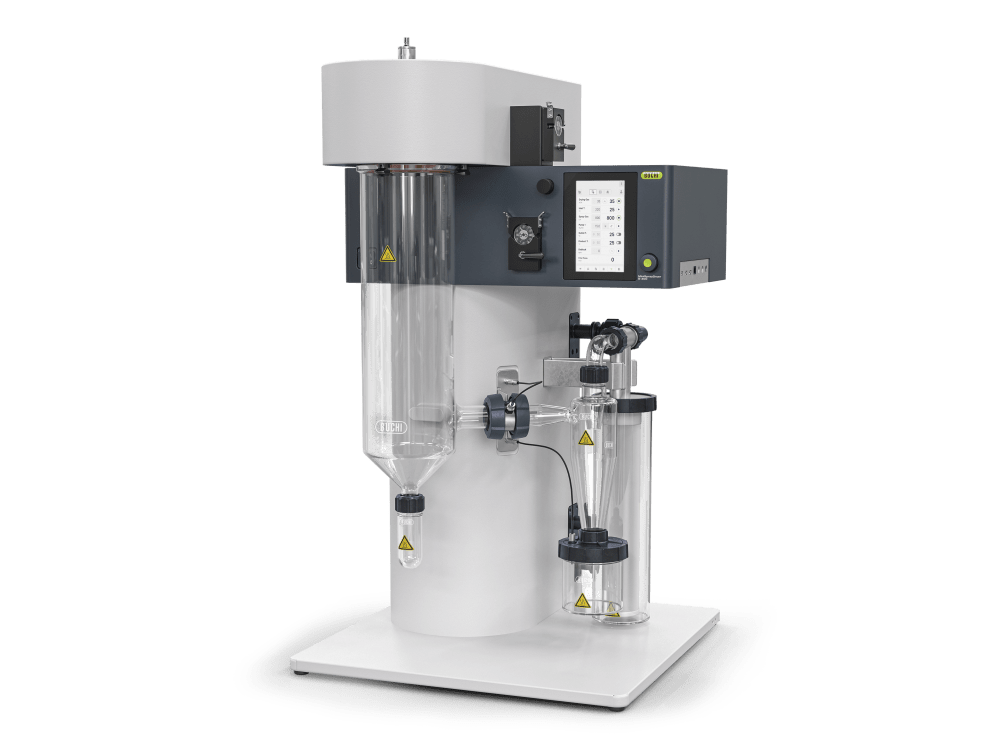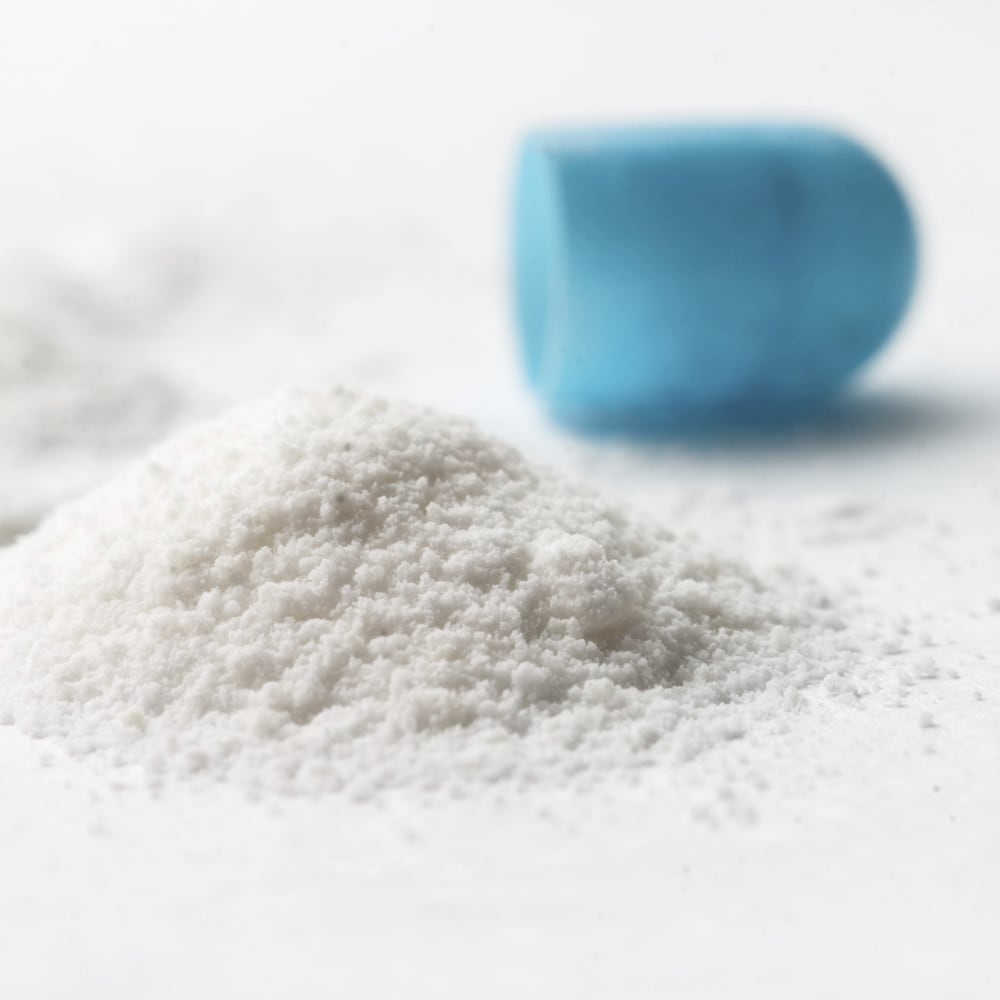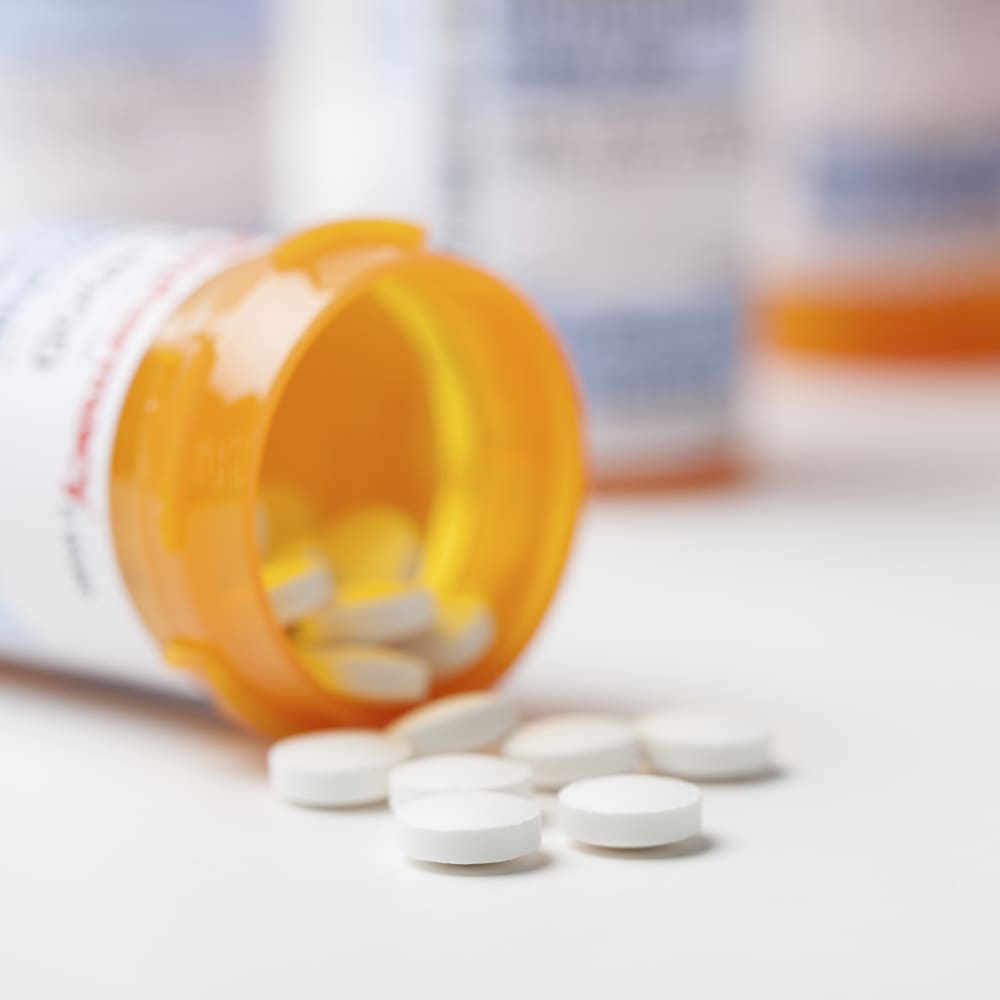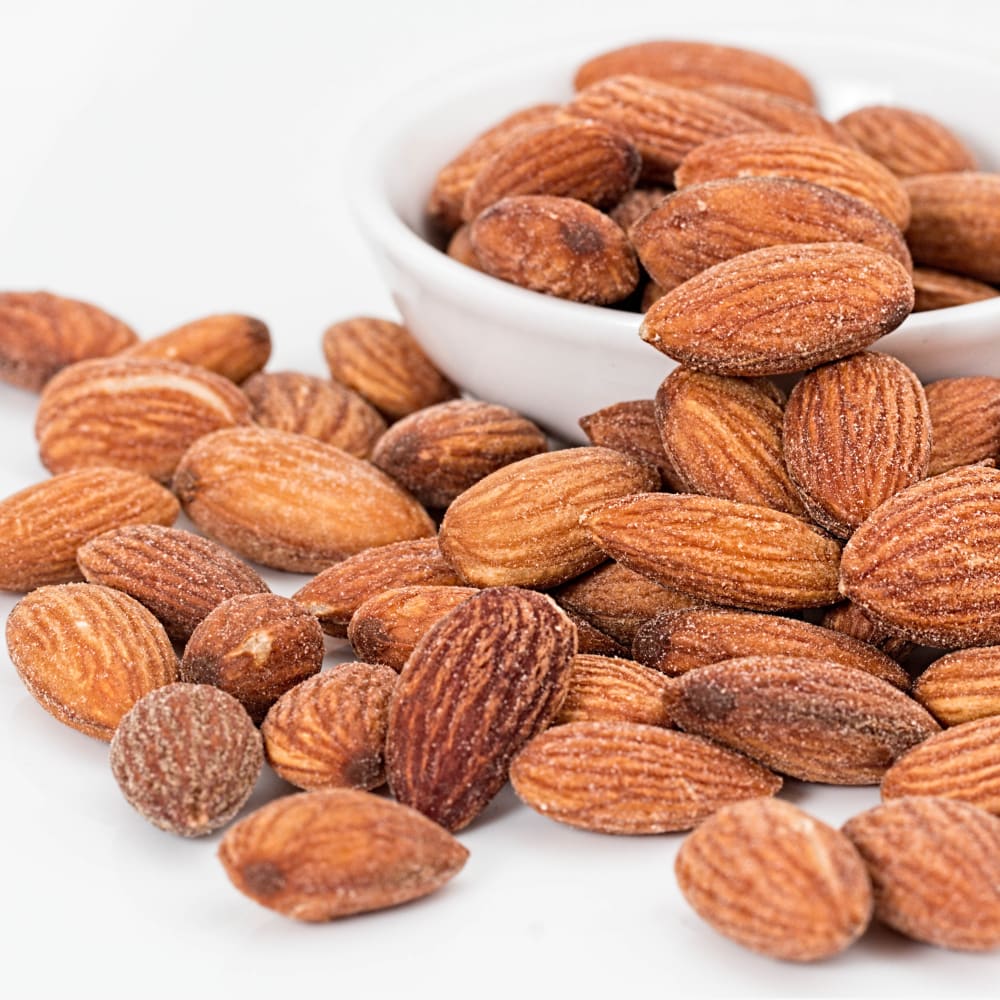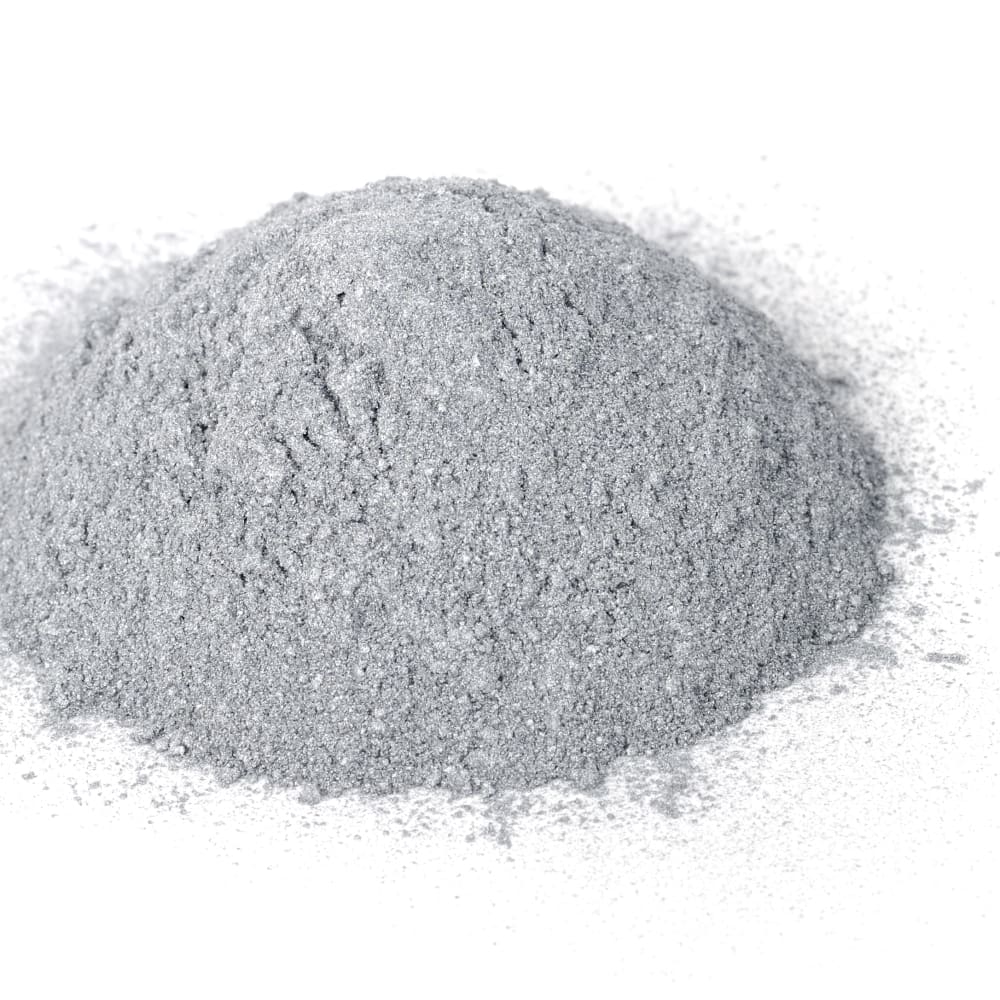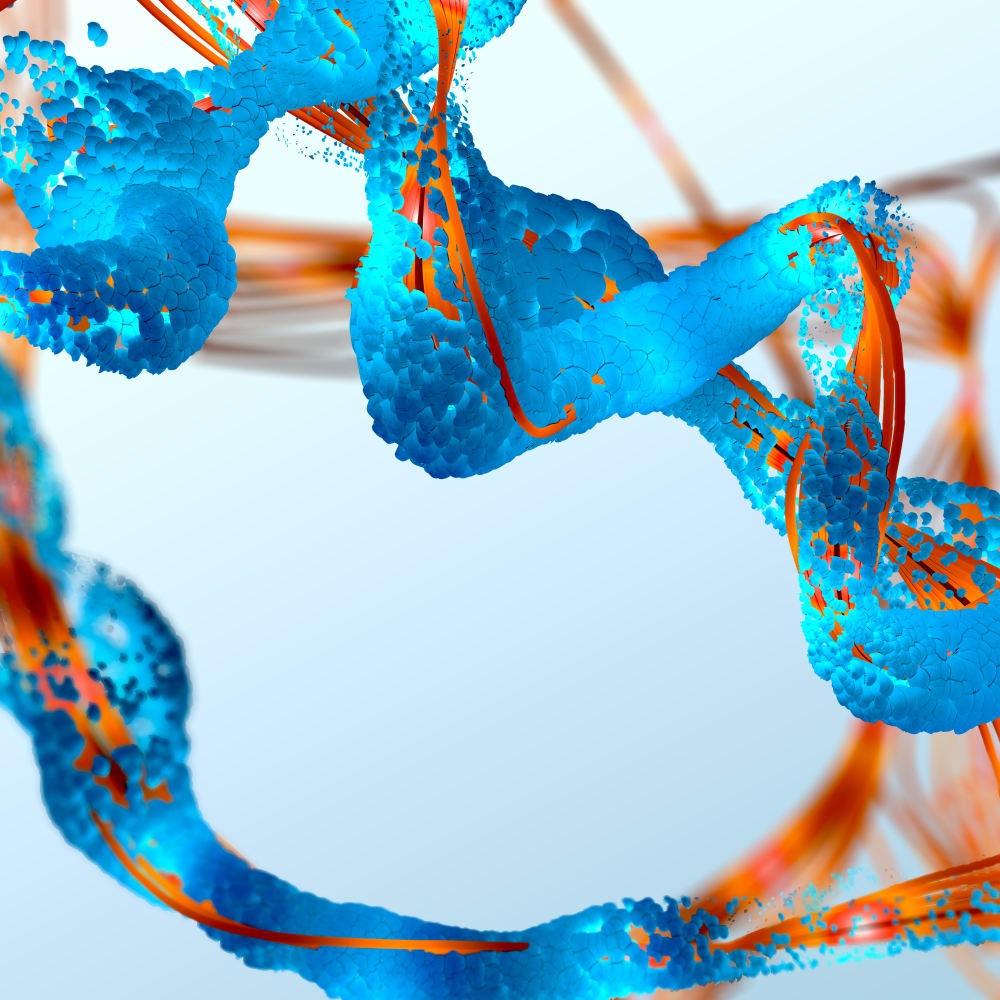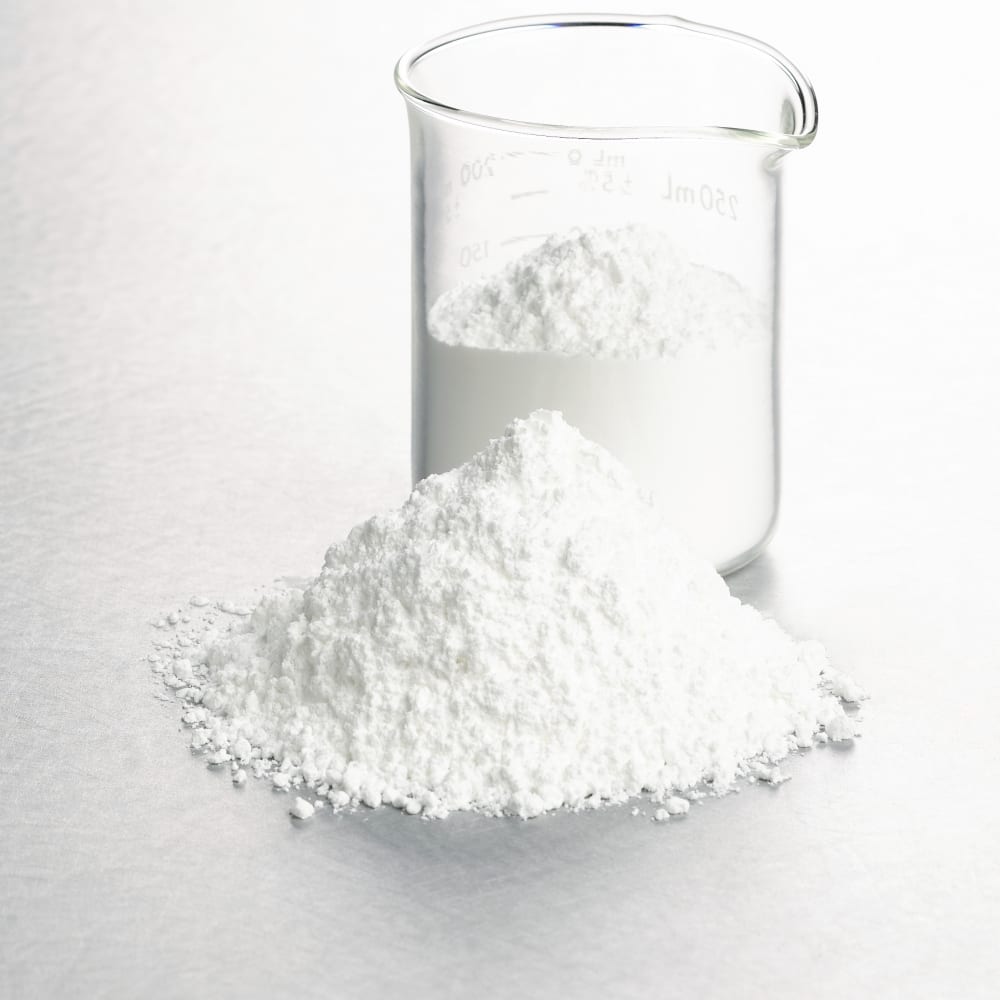Spray Drying of Gelatin-coated PLGA microspheres
Spray Driyng of Gelatin with the Mini Spray Dryer B-290
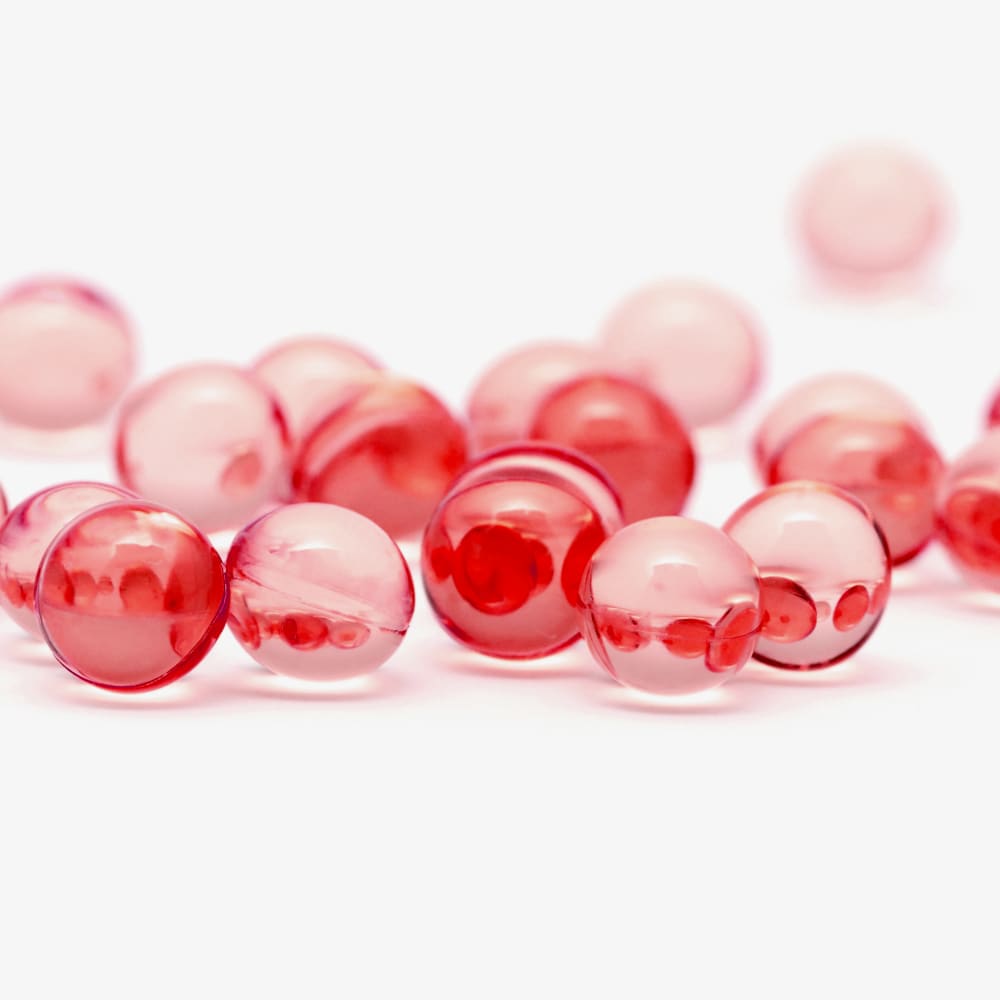
Poly(lactic-co-glycolic acid) (PLGA) microspheres are widely used in drug delivery due to their biocompatibility and biodegradability. However, PLGA microspheres tend to aggregate, making it difficult to deliver uniform doses of drugs. Gelatin coating can improve the stability and prevent aggregation of PLGA microspheres.
Spray drying is a promising technique used to produce gelatin-coated PLGA microspheres. In this process, PLGA microspheres are suspended in a gelatin solution and then spray dried to produce a dry powder. The resulting microspheres have a uniform size distribution, good stability, and improved drug release properties.
The applications of spray-dried gelatin-coated PLGA microspheres are diverse and include sustained release drug delivery, targeted drug delivery, and vaccine delivery. The use of gelatin coating can also improve the stability and shelf-life of the microspheres, making them more suitable for commercial applications.
Overall, spray drying of gelatin-coated PLGA microspheres offers a promising approach to improve the stability and drug delivery properties of PLGA microspheres. This technique has potential applications in various areas of drug delivery and can help to overcome some of the challenges associated with PLGA microsphere aggregation.
